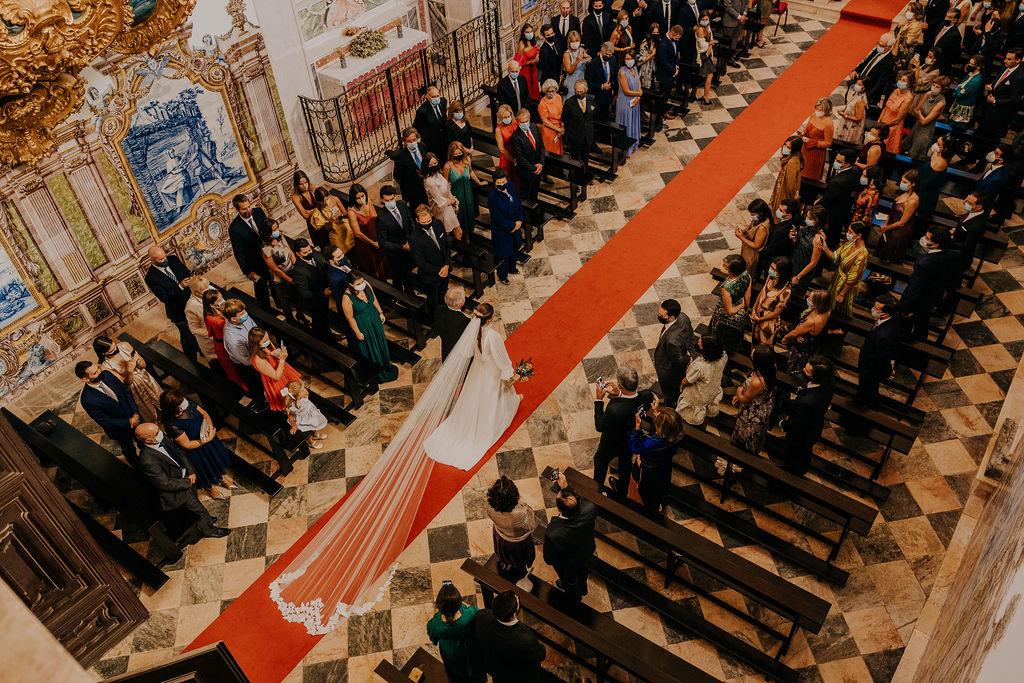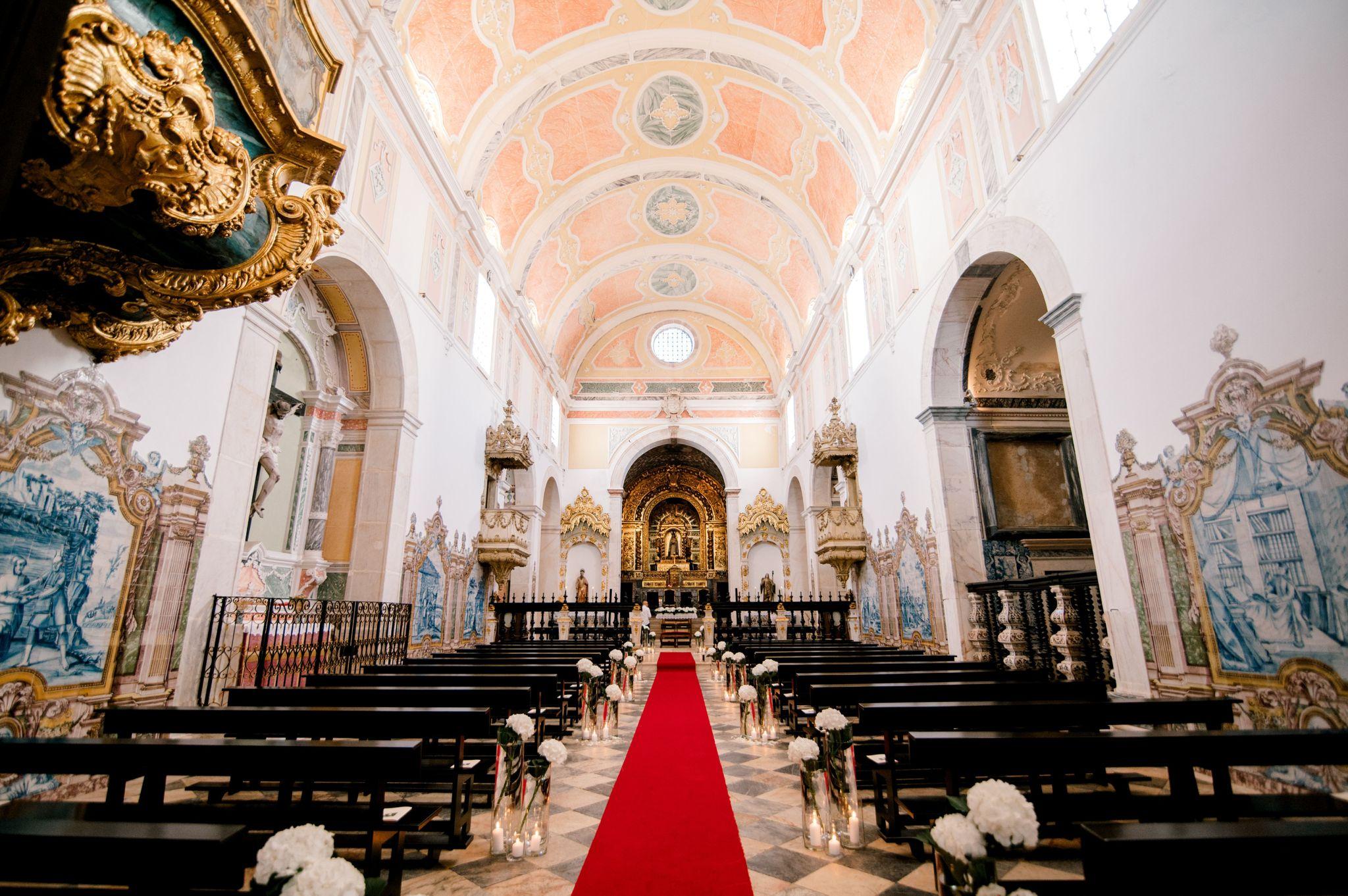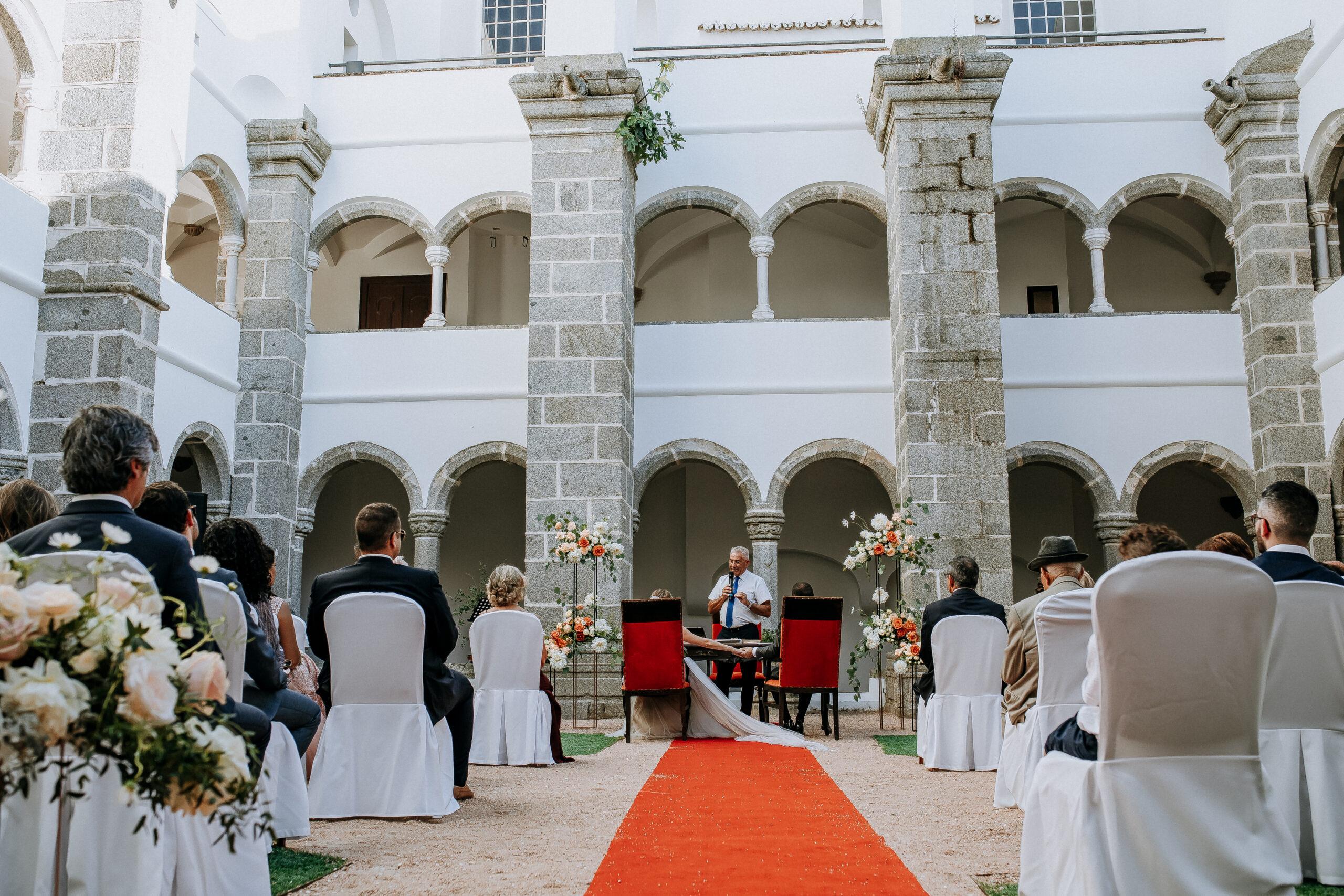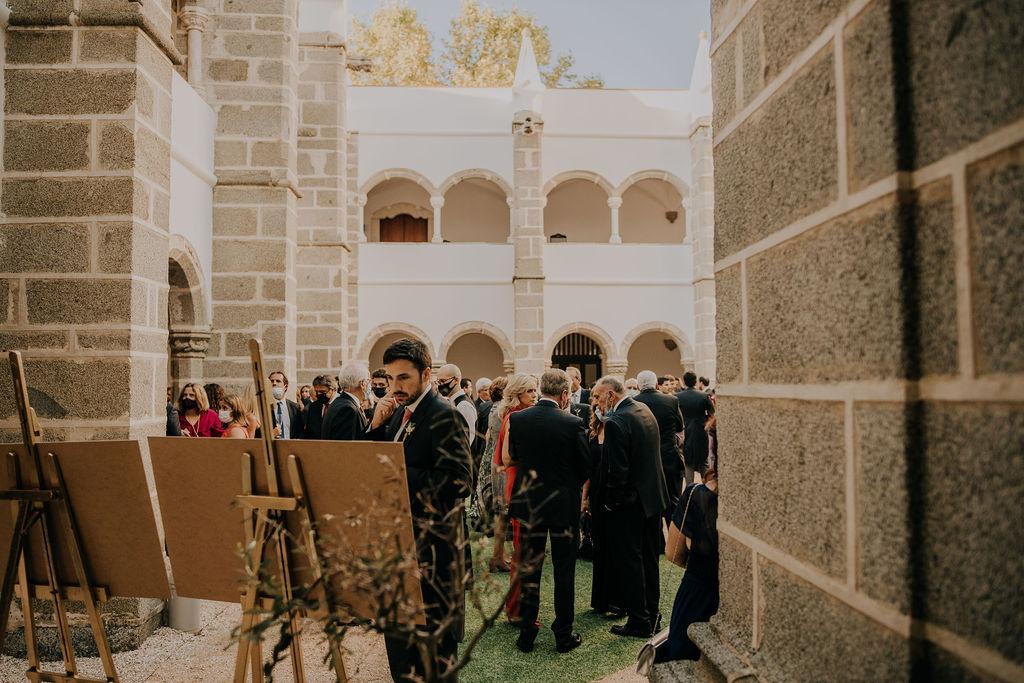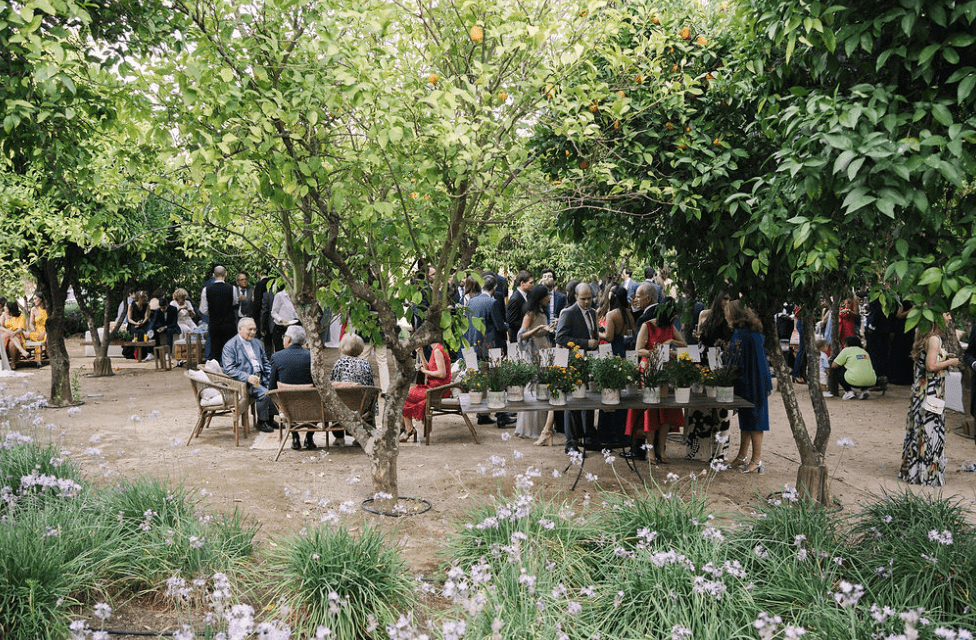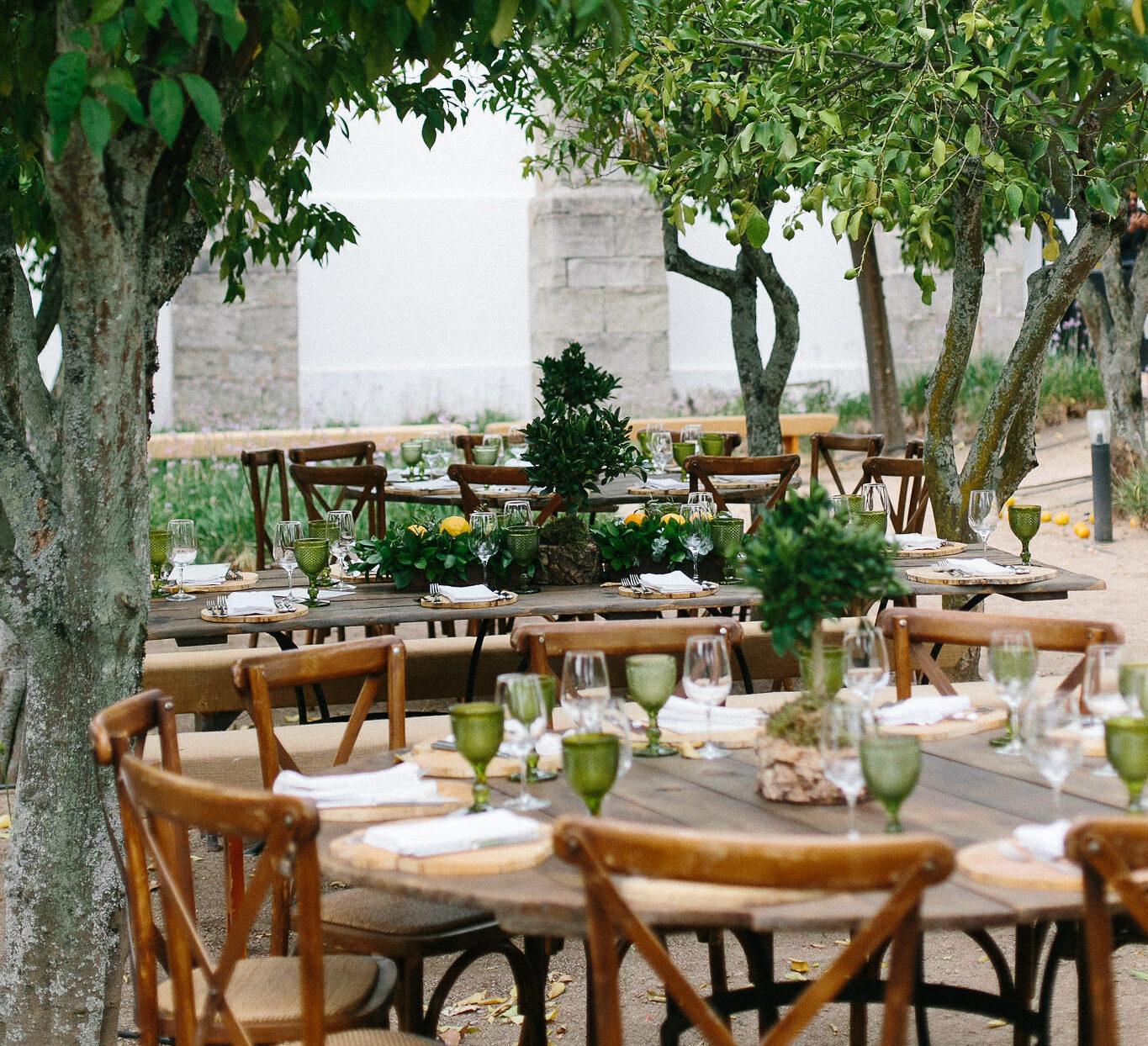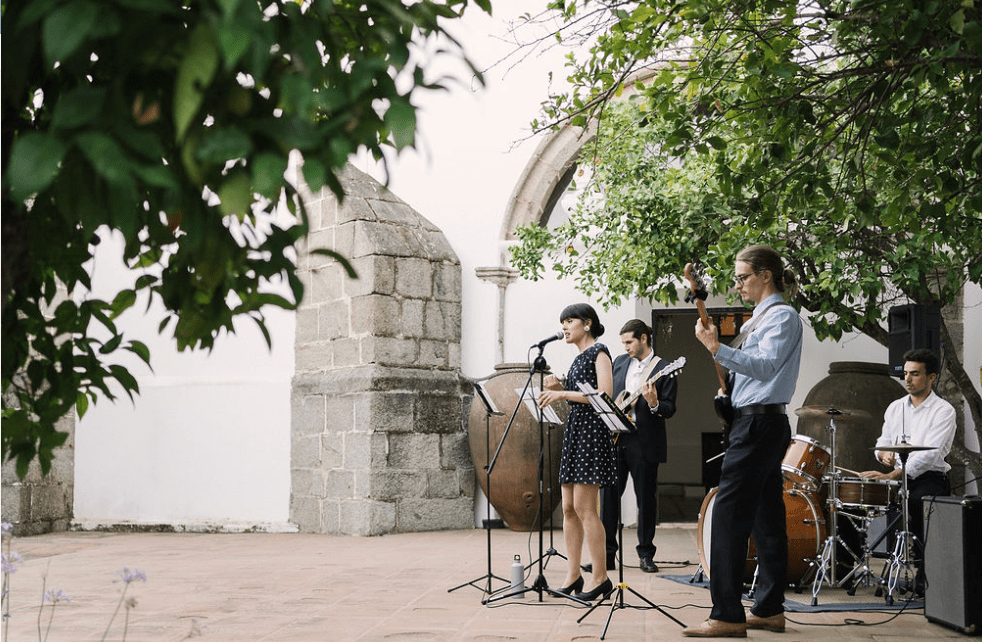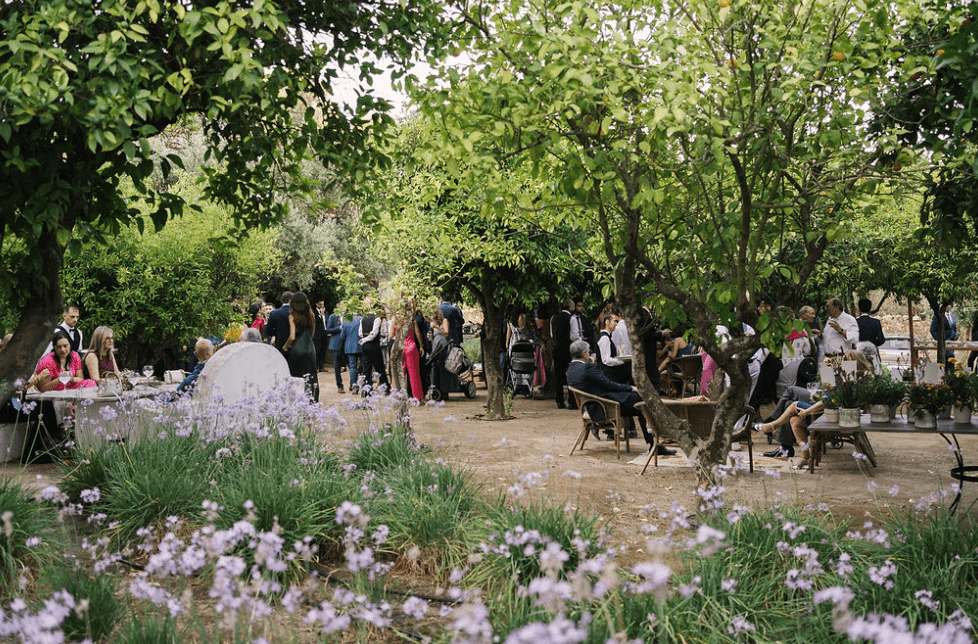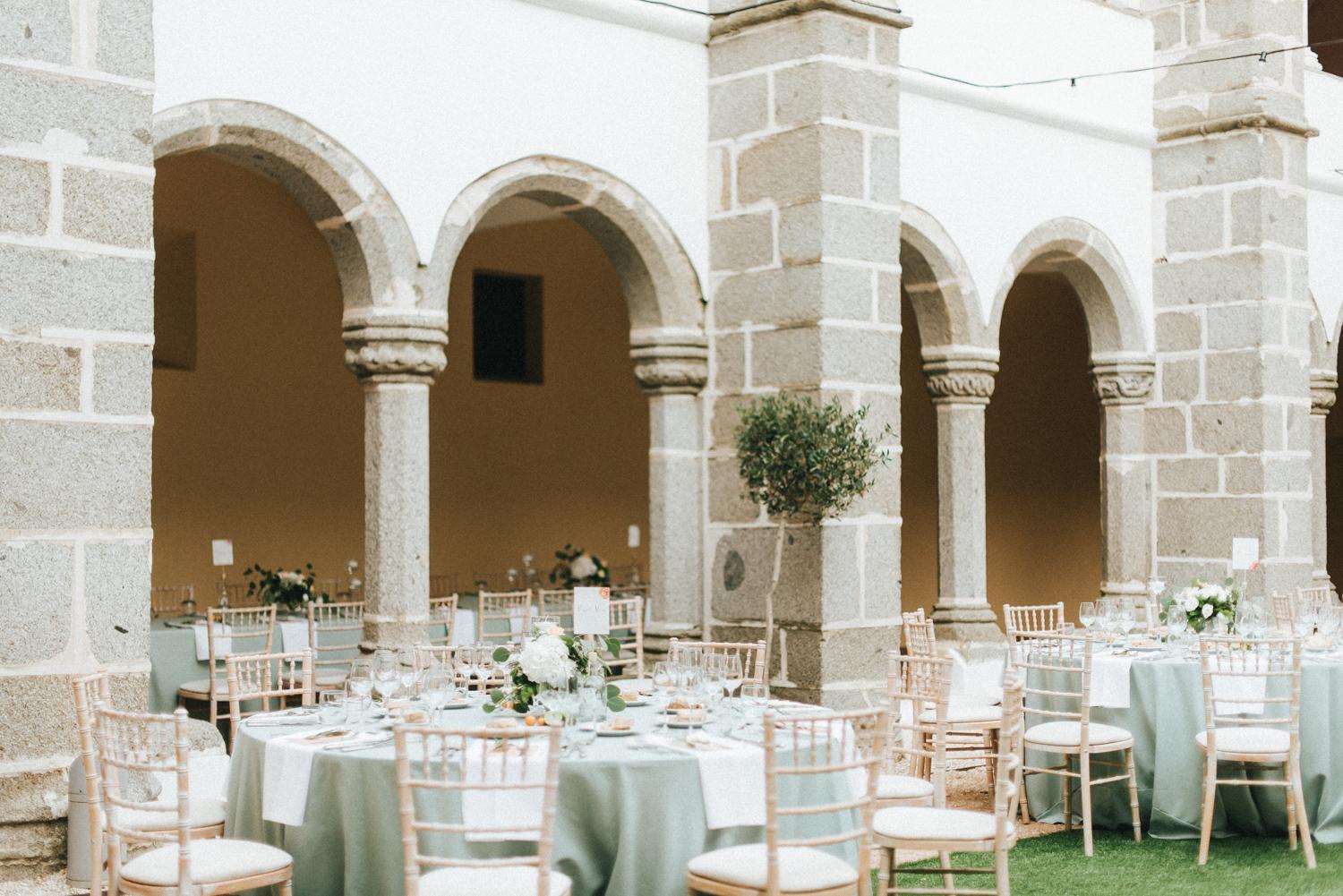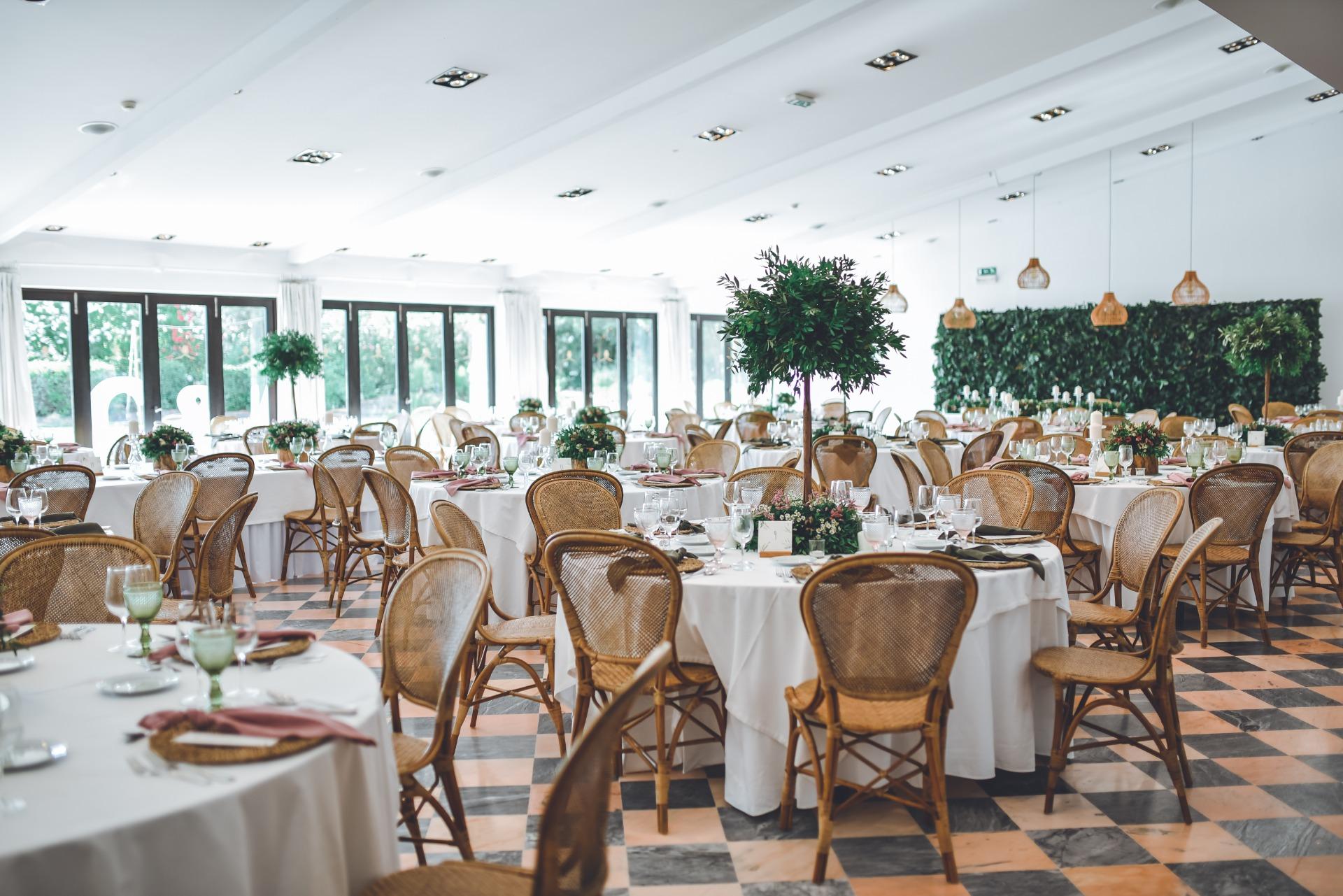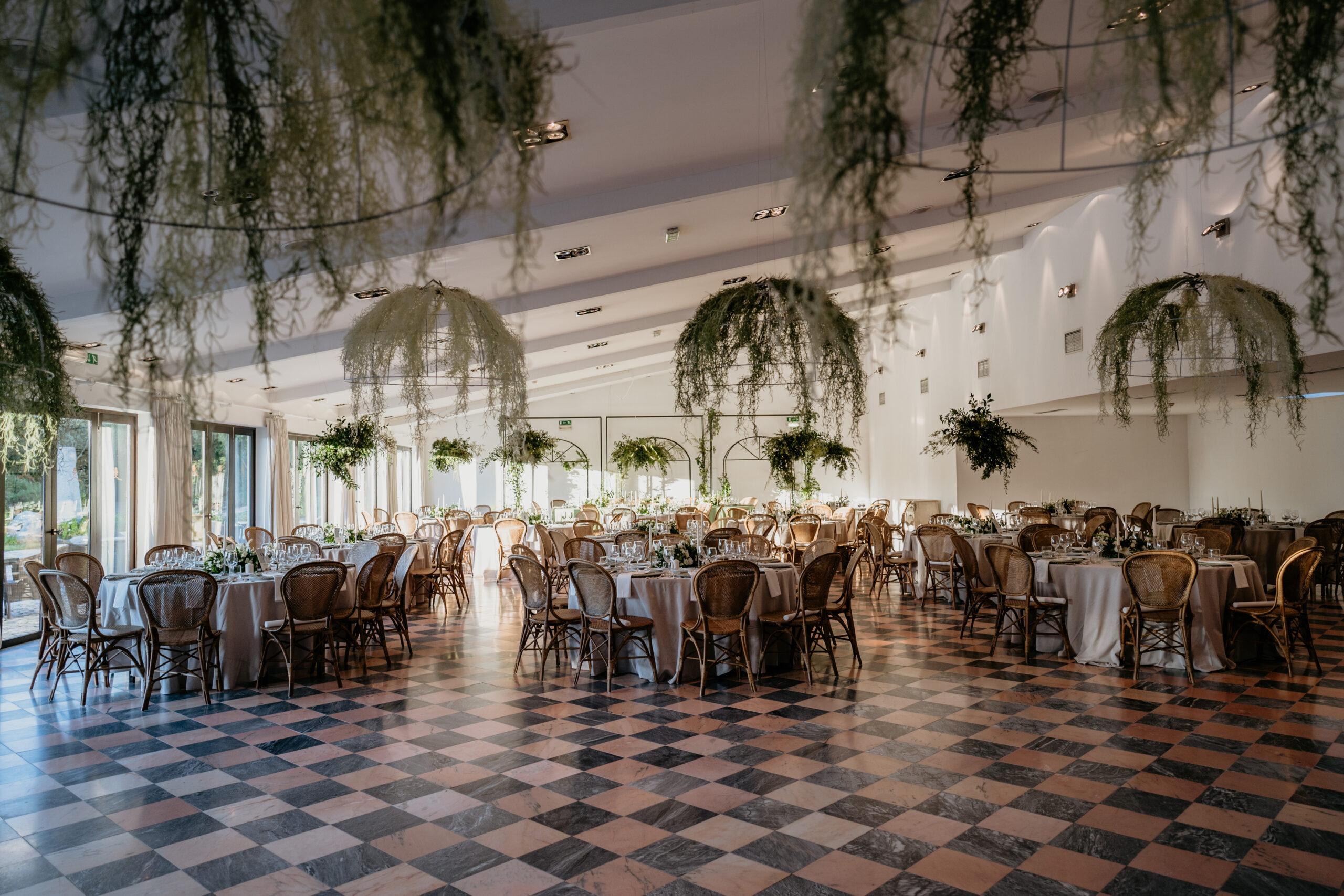With 1200m2, the 15th century Church of Santa Maria do Espinheiro is the ideal place for your religious ceremony.
HISTORY
The spiritual origins of Santa Maria do Espinheiro go back at least to the 14th century. In 1365 there is already a documented cult in a small chapel, certainly located where the main chapel is today and perhaps integrating an old watchtower for the defense of the city. Years before, according to legend, a shepherd had found in the place an image of Our Lady on a thorn tree that burned without being consumed, which is very reminiscent of the archetype of the burning bush that Moses found on the mountain.
The cult of Our Lady did not stop growing, justifying works on the original chapel around 1431, curiously the year in which Joan of Arc was burned at the stake in France and, in Portugal, D. Nuno Álvares Pereira died with the fame of a saint , the Holy Constable. Already at that time the bishop of Évora, D. Pedro de Noronha, had obtained a license from the pope (in 1422) to found a monastery in that place. However, the monastery was only founded in 1457 with papal authorization, its observance having been handed over to the Order of St. Jerome. The convent, that is, the religious community, was installed on September 2, 1458, with twelve friars, by then the work of the monastery was finished, that is, the physical structure. Weeks before, Pope Callistus III had died, to whom the bull Pia Deo founding Espinheiro is due and who was the pope who recognized the innocence of Joan of Arc (who had been burned as a witch in 1431).
The last work campaign dates from 1801, as shown in the cartouche under the choir. In 1808 the French would arrive and in 1834 the Religious Orders would be extinguished in Portugal. The monastery was then sold to private individuals and turned into an agricultural home. However, the church, classified as a national monument since 1910, maintained its public cultural vocation, where many faithful and pilgrims continued to flock throughout the 20th century, especially on the annual feast celebrated on Ascension Thursday.









